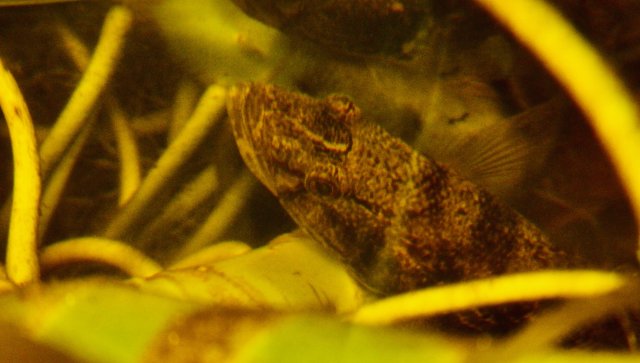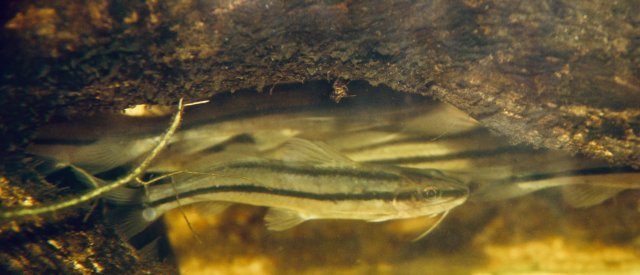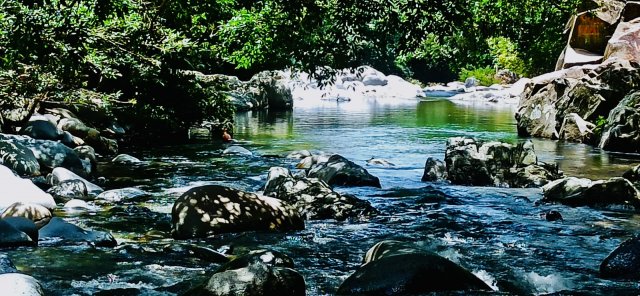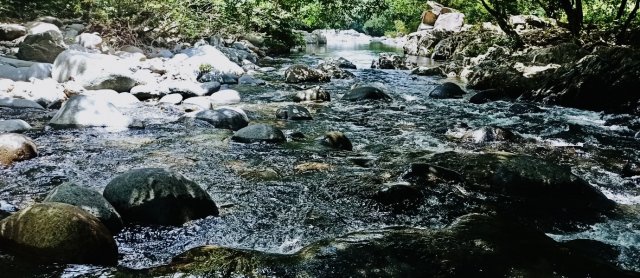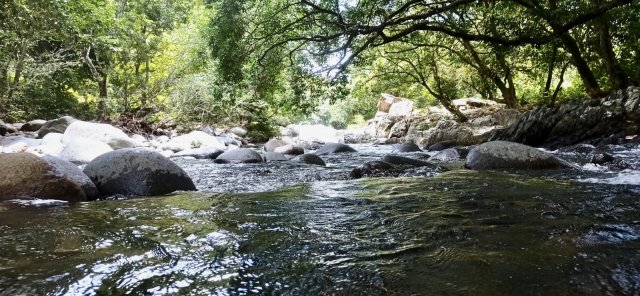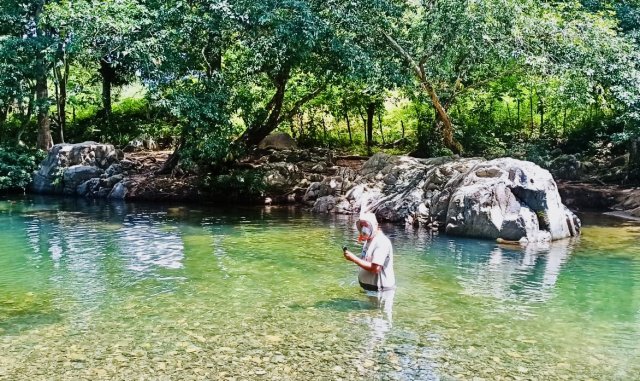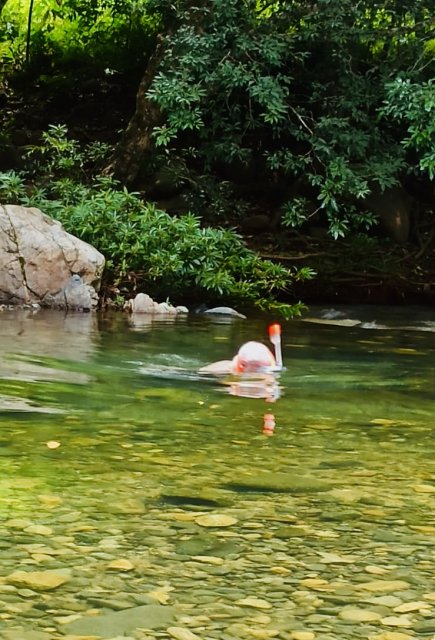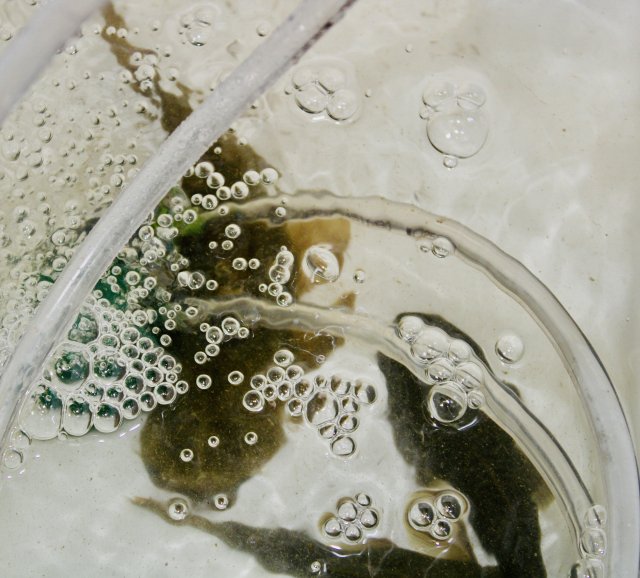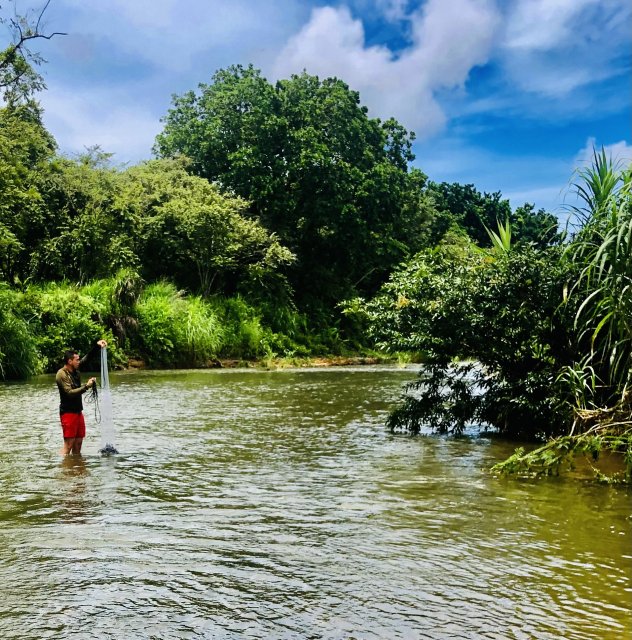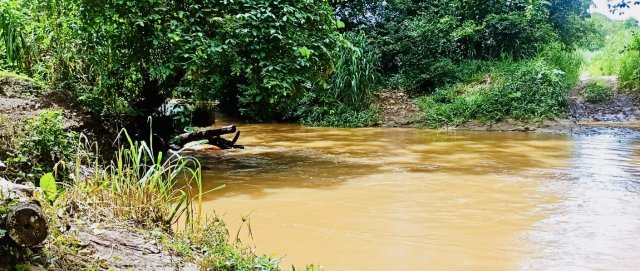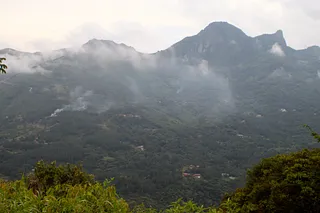
Rio Utive starts in the cloud forest of mountainous spine of Panama the Cordillera de San Blas, cascading south, down to the foothills.
We took the Pan American highway east, and then notth to get to a spot in those foothills, near the pueblo Utive. It turned out to be one of the most beautiful places I’d yet to collect.
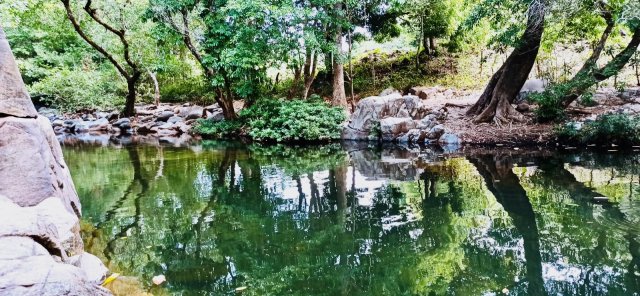
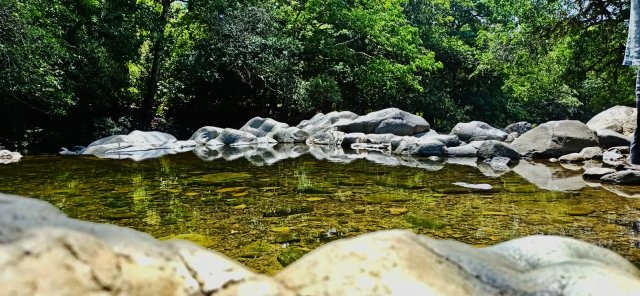
Water was crystal clear allowing large tetras, Plecos and other species to be easily seen from above the surface.
We could also see glimpses of cichlids, but the cichlids just as easily saw us, so deftly avoided he net.
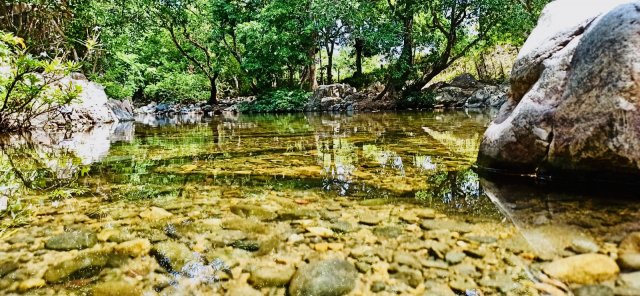
As usual Tetras, (looked to be 3 species) were the most dominant fish in the Utive, and some looked to be at least 5” long.
They were the first to be caught in the cast net, although most netted were in the 2” range.
I brought only 3 tetras from the last collecting trip, and in such small numbers they acted more like cichlids instead of tetras, dividing the 6 ft tank in 3rds, and continuosly sniping at each other.
By bringing back a large number I hoped to get them into a more dithering type shoal.
This turned out to be the case, as a large shoal of about 10 grouped together on one end of the tank.
Other species caught Tuesday, were a couple small to medium Ancistrus chagresi (or maybe Chaetostoma fischeri), a 6 “ Guavina (goby) (which I believe to be Gobiomorus dormitor), and a couple Pimlodella chagresi.
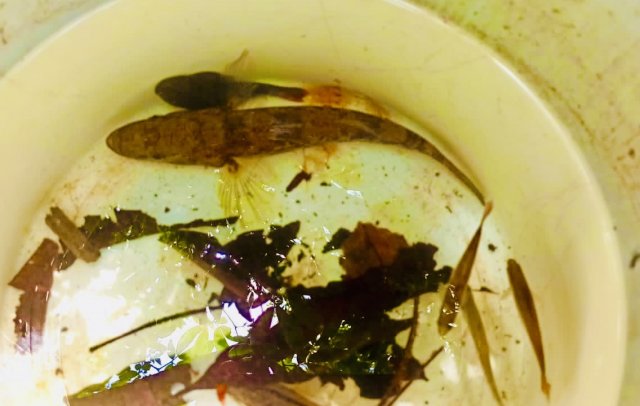
As usual I tested for pH (@ 8) and nitrate,. which was undetectable.
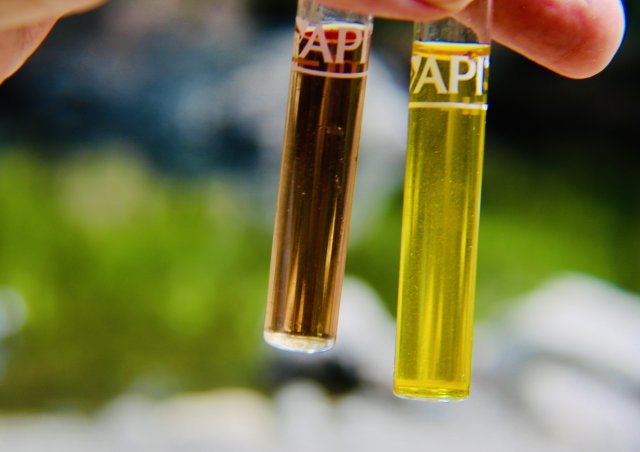
The flow in the river was quite strong, there was no evidence of aquatic vegetation, although terrestrial forest surrounded any banks where soil was present.
Where flow slackened leaf litter covered the substrate, where flow was strong rocks and pebbles covered the bottom.
Last edited:



